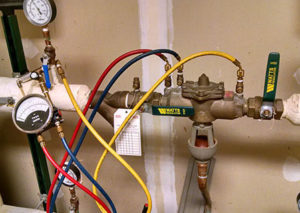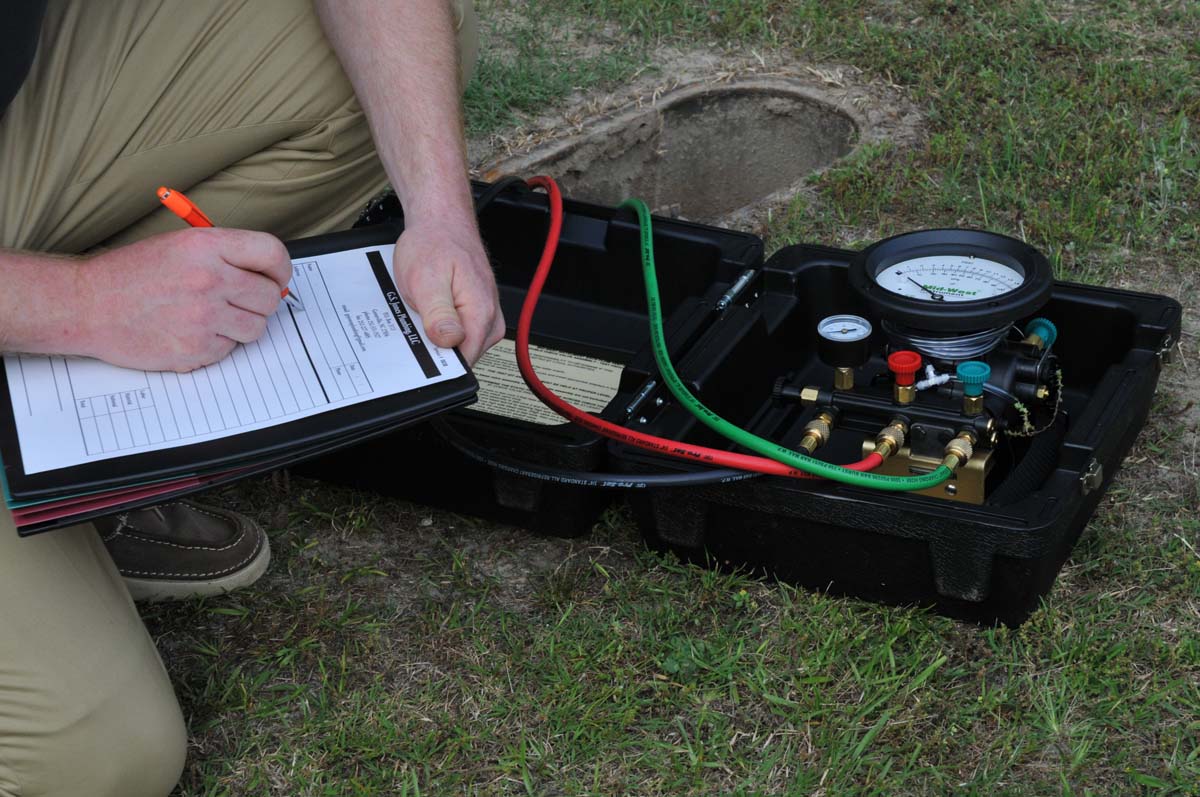Do I Need to Test for Backflow Advisable for My Water
Do I Need to Test for Backflow Advisable for My Water
Blog Article
What are your thoughts regarding Commercial Backflow Testing?

Yes, you require to backflow test your house's water system to guarantee that the water is devoid of toxic substances and harmful degrees of chemicals. You should not try to carry out heartburn screening on your very own because of the devices needed and also room for error. We suggest that you call a specialist plumber every number of years to test your water.
Backflow Can Impact Both You and Your City
Because harmful backflow can impact the public water supply in enhancement to a single building, many cities develop heartburn guidelines. Luckily, contemporary cities have backflow gadgets in place that secure the water system that comes from many residences and business residential or commercial properties. The actual risk originates from irrigation systems, which can damage the supply of water with hazardous plant foods, manure, as well as various other chemicals.
What Causes Heartburn?
A typical root cause of heartburn is a loss of water pressure that causes the water to siphon back into the water system. An instance is cleaning out a paint container making use of a pipe. You fill the paint container up with water, leaving the tube in the bucket. After some time, there is a loss in water stress and also the hose pipe begins to draw the water back right into the water system. As you can visualize, there are currently chemicals from the paint that are entering the supply of water, potentially posing a threat. Lots of people are not even mindful of backflow screening, but there are many reasons why it's so important.
Heartburn Screening is Required by Law in Certain Cities
Depending upon where you live, you might actually be required by law to backflow test your regulation. As an example, Iowa City maintains a record of all residential properties offered by the city's water system. The city needs that specific "high-hazard" centers undertake heartburn screening. In many cases, properties such as homes and apartment buildings are impacted.
You Can Avoid Backflow
Unsafe backflow is easily preventable if you have a professional plumber install a heartburn tool. If there is an active threat, the plumber will certainly also evaluate for backflow as well as figure out. The major objective of a heartburn gadget is to stop water from moving in reverse right into your water. Plumbers mount the tool on the pipelines in your home to ensure that the water only moves in the right direction.
What is Backflow?
Basically, backflow is when water moves upwards-- the opposite instructions in the plumbing system. This is additionally referred to as "backpressure." When the water relocates this instructions, it can blend with hazardous toxic substances as well as present a threat.
Call a Plumber to Examine for Backflow Before It is Far too late
A plumbing company can swiftly examine your home's water to identify if there are any type of unsafe chemical degrees. As well as if you do find that your water has high degrees of contaminants, a plumber can conveniently mount a heartburn avoidance tool.
Yes, you require to backflow examination your house's water supply to make sure that the water is cost-free of contaminants and also hazardous degrees of chemicals. Numerous cities develop heartburn guidelines due to the fact that harmful heartburn can influence the public water supply in enhancement to a single building. A normal reason of backflow is a loss of water pressure that creates the water to siphon back right into the water supply. After some time, there is a loss in water stress as well as the hose starts to suck the water back into the water supply. The main objective of a backflow device is to stop water from streaming backward into your water supply.
WHY DOES BACKFLOW TESTING NEED TO BE DONE EVERY YEAR
What Is Backflow?
Toxic gas backing up into a building is one example of potential backflow issues, but backflow can occur in many other ways.
Backflow is generally referred to as the reversal of a liquid or gas in a plumbing system.
Most issues for the public occur with backflow resulting in contaminated drinking water. If you look up backflow issues online you’ll probably find references to “potable” water. That means drinking water.
There have been backflow issues in the past with drinking water. Chemicals, sewage and other contaminants have found their way into drinking water causing health issues for those that count on the fresh water.
What Causes Backflow?
In a residence or commercial building water generally flows one way. This normal flow is usually driven by consistent pressure in the water and waste system.
Anything that changes the normal pressure in the system can lead to backflow.
Fire hydrant use or malfunction can reverse the normal pressure in the system on a city line, but backflow can occur in a number of different ways.
Sometimes backpressure might be caused by someone using a garden hose and submerging the end of the hose in a pool of liquid. If pressure is lost the flow could reverse and contaminants could be released into the drinking water.
Anytime there is a connection between contaminants and the drinking water there is potential for a backflow issue. Sometimes these connections are not immediately obvious like the garden hose connecting to a building’s drinking water supply.
Backflow Regulations
The Environmental Protection Agency (EPA) provides guidelines and regulations for state and local governments regarding backflow. State and local governments also have their own guidelines and regulations for backflow prevention.
Arizona has its own backflow regulations.
Due to issues with backflow in the past, regulations require backflow preventer devices to be used in nearly all residential and commercial buildings.
A backflow preventer is a device that prevents backflow as cross-connection points where potential backflow issues may occur.
While backflow is not a common occurrence, preventers are in place to make sure there is no contamination should something malfunction or go wrong with a building’s water supply.

As a passionate reader on Backflow Assembly Testing, I assumed sharing that segment was essential. If you please take the opportunity to distribute this content if you enjoyed it. We appreciate reading our article about Is backflow testing necessary?.
Fix it today! Report this page